Through a series of emails, I interviewed Takeshi Tanabe, the Manager of Global Design for both Toyota and Lexus, on a number of wide-ranging topics.
The conversation is divided into three parts — the first segment covered Tanabe-san’s history with Toyota and Lexus, and this second part examines the current state of Lexus design.
Lexus Enthusiast: You were the design project manager for the CT, which was arguably the first true appearance of the Spindle Grille. This design was publicly named with GS and has evolved with every model since. How intentional was this gradual transformation?
Tanabe: This is a very impressive and insightful remark! As you mention, the CT marked the period of transition. Before the CT, there was the HS and the IS F, where the upper and lower grille tended to gradually connect.
As for the CT, compared to other higher grade models, it was felt that a smaller grille with less chrome was fresher looking and more appropriate for a compact car.
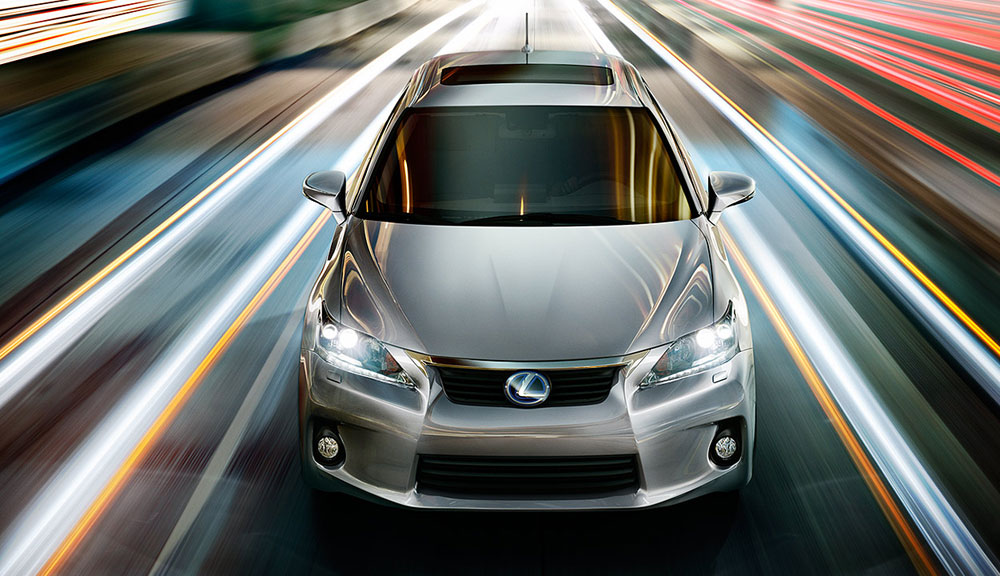
While developing this theme, the image of air flowing from the lower grille toward the upper grille was conceived. This continuous flow of air consequently connected the lower and the upper grille, which later was to be called the “Spindle Grille”. Looking at the grille of the first CT, we can see that the direction of the line coming from the lower grille connects to the upper grille, creating the outline of the Spindle Grille.
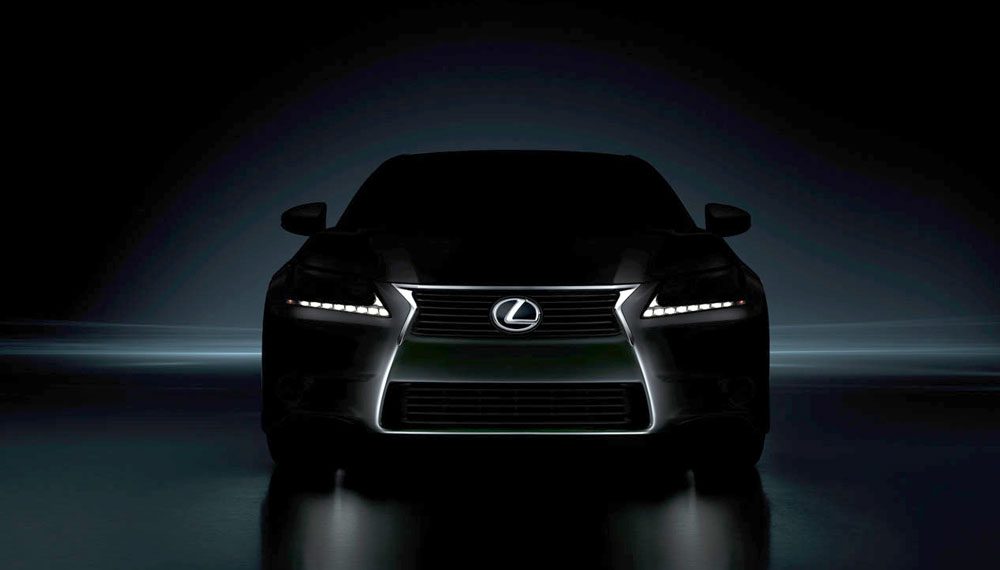
How has the Lexus design language evolved since the introduction of the Spindle Grille?
Lexus Enthusiast readers are aware of our design philosophy, L-finesse. This is expressed through the following three elements: Seamless Anticipation, Incisive Simplicity and Intriguing Elegance.
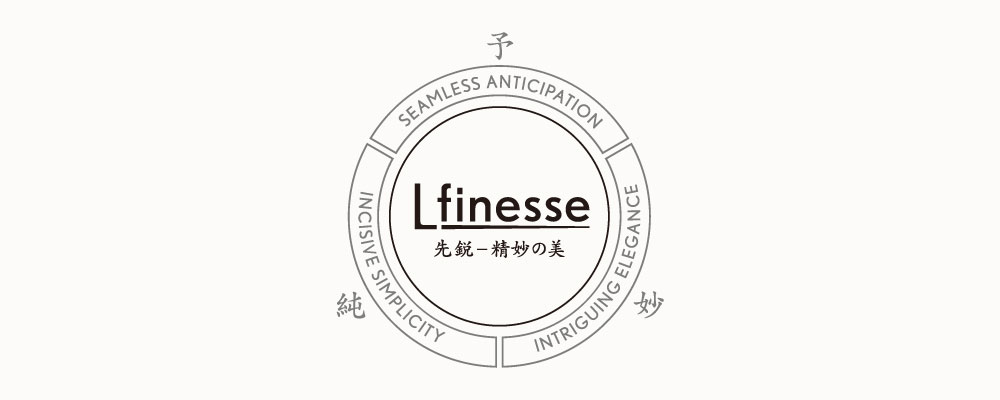
When this philosophy was defined in 2003, we didn’t have any specific design language to express it. At the time, the designers repeatedly explored many different ways to visually realize this, and slowly created what has become Lexus’ image. From this soul searching process, the Arrow Head and the Resolute Look design cues were introduced.
The Arrow Head is illustrated through the synergy of very sharp edges with sculptural handcrafted-like shapes, and the Resolute Look expresses the front identity. Other cues follow and evolve, such as the L-Shape used for DRLs or mesh patterns.

The Spindle Grille is the fusion of our original trapezoidal upper grille with the lower grille, resulting in a continuous unique shape that emphasizes functionality by enhancing the flow of air and cooling performance.
Using our design language as a base, Lexus design will continuously evolve with a consistent message.
Will the Spindle Grille continue to evolve, or has it reached its most mature form? Are there any other design elements you would consider a Lexus signature?
Of course, the spindle grille will continue to evolve. It won’t change just for the sake of changing; there will be a meaningful evolution reflecting technological innovations. For example, when great advancements are made in the cooling systems, then the shape of the grille will change accordingly.
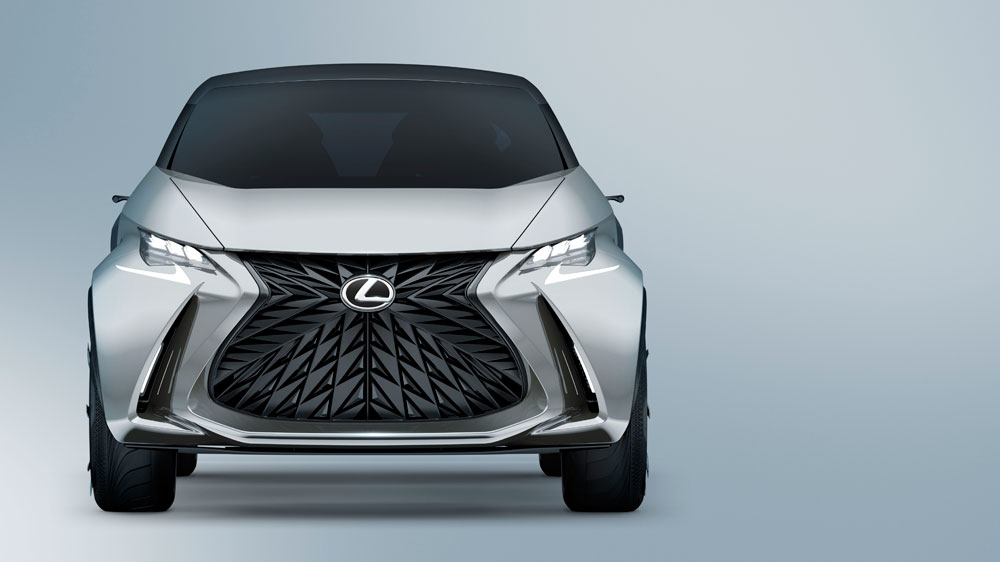
As for the Arrow Head or the L-Shape, they are only methods of expressing the L-finesse design philosophy. Other possibilities of expression exist and we will explore them. Also, as with the grille, when there will be a great leap in technology, the design expression will also dramatically evolve.
The new RX is a drastic change from the previous generation. How difficult is it to push a design forward without alienating existing customer base? How do you strike that balance?
The development of the 2016 RX was demanding. It was important to carry over the model’s character, but we had to make it look fresh with an even more distinctive design.
For the exterior, we challenged ourselves to give it a very sharp and well-honed look. Inside, we used a theme with a horizontal orientation, an evolution from that of the GS/ES/LS. The current RX has a distinctive theme designed to visually support the driver’s line of sight and movements.
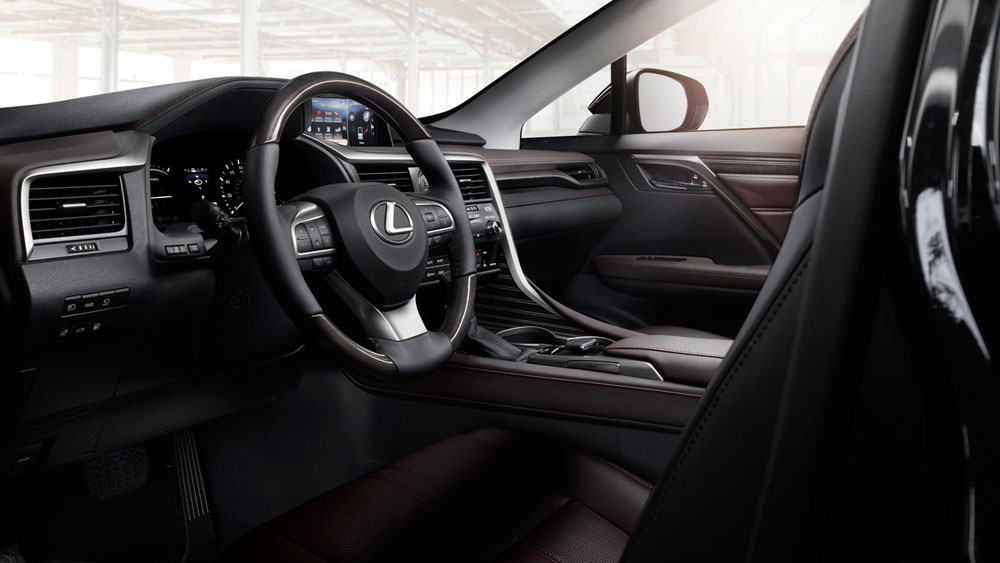
The transformation of the RX interior shows how designers create something new while retaining the model’s distinctive character. This approach will remain the same for upcoming models. Furthermore, our L-finesse design philosophy will continue its evolution.
For future models, we will pursue a human oriented design even more actively. Inside, we will focus more on the Remote Touch. We will not sacrifice usability for the sake of style. A vehicle can only be whole with an interior that focuses on the user. By pursuing a Human Oriented design, we will be able to further enhance originality as a luxury brand from Japan.
This ends part two of my interview with Global Design Manager Takeshi Tanabe. Check back tomorrow for the final installment, when Tanabe-san discusses the the future of Lexus design.

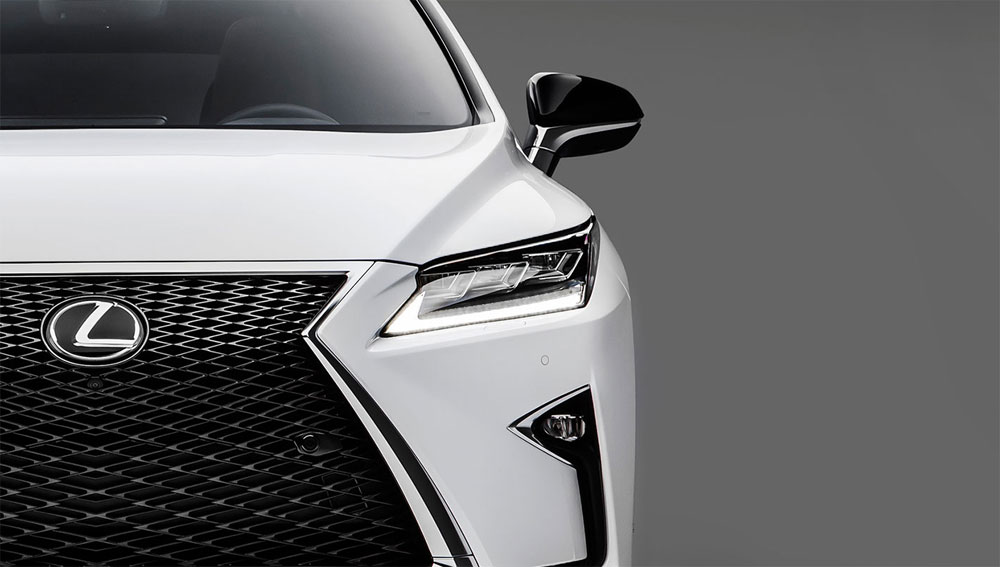
Comments